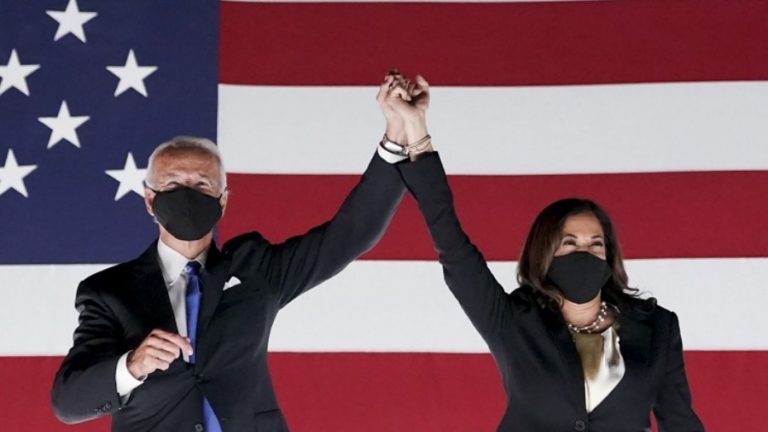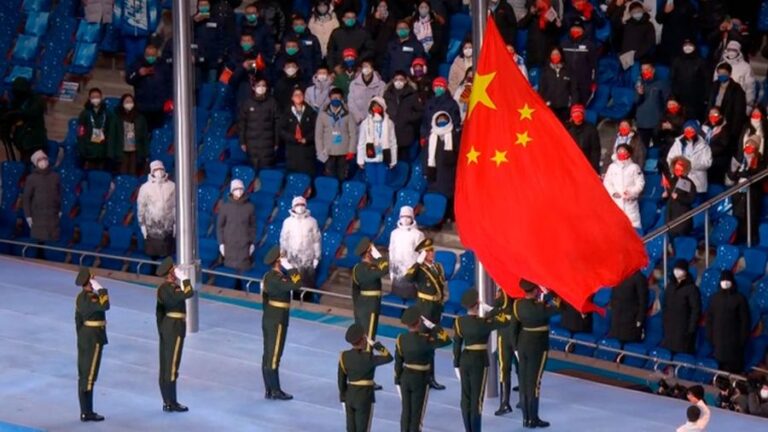Remembering the Crimes of Global Capitalism: “The Jakarta Method”
Review of The Jakarta Method: Washington’s Anticommunist Crusade and the Mass Murder Program That Shaped Our World by Vincent Bevins (Public Affairs, 2020).
Any self-identifying socialist will be met with the question at some point in their lives: How many people have been killed in the name of socialism? They might have pointed out in response that Soviet-style state socialism is about as far removed from the democratic socialism proposed by politicians such as Jeremy Corbyn as Chinese state capitalism is from its free-market cousin. But they are unlikely to have noted that the world’s largest empire engaged in a program of international assassinations more deadly than Stalin’s purges — all in the name of capitalism.
In his new book, The Jakarta Method: Washington’s Anticommunist Crusade and the Mass Murder Program That Shaped Our World,Vincent Bevins reveals the staggering death toll of the United States’ foreign policy throughout the Cold War. The book centers on the anti-communist massacres that took place in Indonesia in 1965–66, as US-backed dictator Suharto deposed his anti-imperialist, developmentalist predecessor Sukarno.
While many will have heard of the Indonesian genocide from films such as The Act of Killing, few are aware of the political context in which the slaughter took place — and even fewer understand quite how intimately involved the United States really was. In an exceptionally well-written narrative, which combines interviews with survivors with detailed historical analysis, Bevins reveals how the atrocities that ripped through Indonesia in the 1960s still haunt the country today.
Indonesia was led through decolonization by the charismatic leader Sukarno, in the face of profound resistance by the former colonial power the Netherlands. Bevins describes how Sukarno governed postcolonial Indonesia through a careful balancing act: Islamists, communists, and the army were all allowed to retain some influence within the regime. The Communist Party of Indonesia (PKI) managed to amass a huge membership, ultimately becoming the third-largest communist party in the world after those in Soviet Russia and Maoist China.
Sukarno, Bevins argues, was never a communist — he was a pragmatist, committed to retaining power, growing the Indonesian economy, raising the living standards of its people, and projecting its influence abroad. But for all these reasons, he frequently took the same line as the Indonesian Communist Party — itself more a mass left-nationalist party than a Leninist vanguard.
Countries like Indonesia were, as Kwame Nkrumah powerfully argued, kept in a subaltern position in the global economy through the exercise of neocolonial power by the core countries in the capitalist world system. These states often worked together during the early days of the postcolonial era, forming groups such as the Non-Aligned Movement (NAM). The Bandung Conference, which took place in Indonesia in 1955, was a precursor to the NAM, where states agreed on a set of ten principles to govern the relations within the Third World.
As the Cold War escalated and McCarthyism ran rampant in the United States, acts of Third Worldist solidarity were less likely to be tolerated by fervently anti-communist US administrations. The White House increasingly came to adopt the view that states in the Global South were either with the United States or against it. Sukarno’s independent streak, coupled with several other perceived slights to US hegemony, ultimately placed him on the wrong side of this divide.
By the mid-1960s, the United States had decided to adopt a more hostile stance toward Indonesia — and to Sukarno himself. When, in a series of events that are still shrouded in mystery, General Suharto took power, he did so with the explicit support of the United States.
Suharto was a little-known general before the events of 1965, but his anti-communist rhetoric endeared him to CIA officials. As soon as he came to power, he immediately set about literally exterminating Indonesia’s millions of communists. The fact that the murders took place on the basis of ideology rather than race has led to disagreement about whether what took place can be called a genocide. What is not in question is the scale of the slaughter — as Bevins writes,
“between five hundred thousand and one million people were slaughtered, and one million more were herded into concentration camps.”
If Ernest Renan was correct to say that the history of a nation is based on their collective capacity to forget the atrocities associated with its formation, then Indonesia provides a case in point. Part of the reason that so few have heard about the anti-communist massacres is that the truth was repressed by Suharto for so long. Bevins writes, “for more than fifty years, the Indonesian government has resisted any attempt to go out and record what happened.” Meanwhile, Western journalists faithfully regurgitated the lines they were fed by CIA officials, casting the violence in Indonesia as a random explosion of atavism of the kind that was to be expected from a “backward” nation.
While the events in Indonesia are those discussed in the most depth, they do not form the main subject matter of the book. Instead, The Jakarta Method focuses on the inspiration taken by far-right groups around the world, with the tacit or active support of the United States, from events that took place in Indonesia. From Brazil to Chile, anti-communists began talking openly about their own “Jakarta plans.” Bevins is clear about what this meant: “the state-organized extermination of civilians who opposed the construction of capitalist authoritarian regimes loyal to the United States.”
In a fascinating and disturbing journey around the world, Bevins documents the effects of Washington’s virulent anti-communist crusade across several continents. The next testing ground for the Jakarta method would be Latin America, where hundreds of thousands of people would be killed or “disappeared” in the name of anti-communism over the subsequent decades. But it did not stop there.
Bevins writes that a “loose network of US-backed anti-communist extermination programs . . . carried out mass murder in at least twenty-two countries”: Argentina, Bolivia, Brazil, Chile, Colombia, East Timor, El Salvador, Guatemala, Honduras, Indonesia, Iraq, Mexico, Nicaragua, Paraguay, the Philippines, South Korea, Sudan, Taiwan, Thailand, Uruguay, Venezuela, and Vietnam.
These battles were, argues Bevins, a crucial part of the US victory in the Cold War. He cites historian John Coatsworth, who estimates that “the number of victims of US-backed violence in Latin America ‘vastly exceeded’ the number of people killed in the Soviet Union and the Eastern Bloc over the same period of time.”
In the wake of this program of state-backed slaughter, the only movements that remained were those that heeded the warnings of Che Guevara and armed themselves before US-backed anti-communist extremists could exterminate them. Little wonder that many of the communist regimes that have survived the Cold War are famed for human rights abuses — they learned from the best: the United States.
By Grace Blakeley
Source: Jacobin







